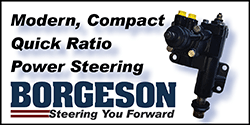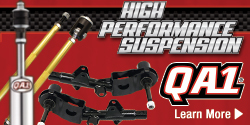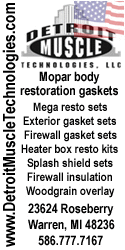Brewzer67
Well-Known Member
As an audiophile of many years I can say from experience that you always want an amp which has more power than you need for driving your speakers to the volume levels you want. If you don't, you will always drive the amp to clipping which is the kiss of death for a speaker. Way more than overpowering them. I have routinely had speakers with an RMS rating of 60 watts survive use with an old Sansui 9090 (110 watts/channel) or Technics SA-1000 (330 watts/channel) which both substantially exceed the RMS rating of the speakers. The key is to listen to them and scale back as soon as you hear any slight strain. I have also seen speakers of a 100 watt RMS rating die at the hands of a 50 watt amp because it was driven to its max and was probably at 20% distortion or more due to clipping. Clean power is safe, clipped and distorted is not. Marantz made a killing in the 70's and 80's selling amps that delivered more unclipped power than they were rated for. JMHO
















